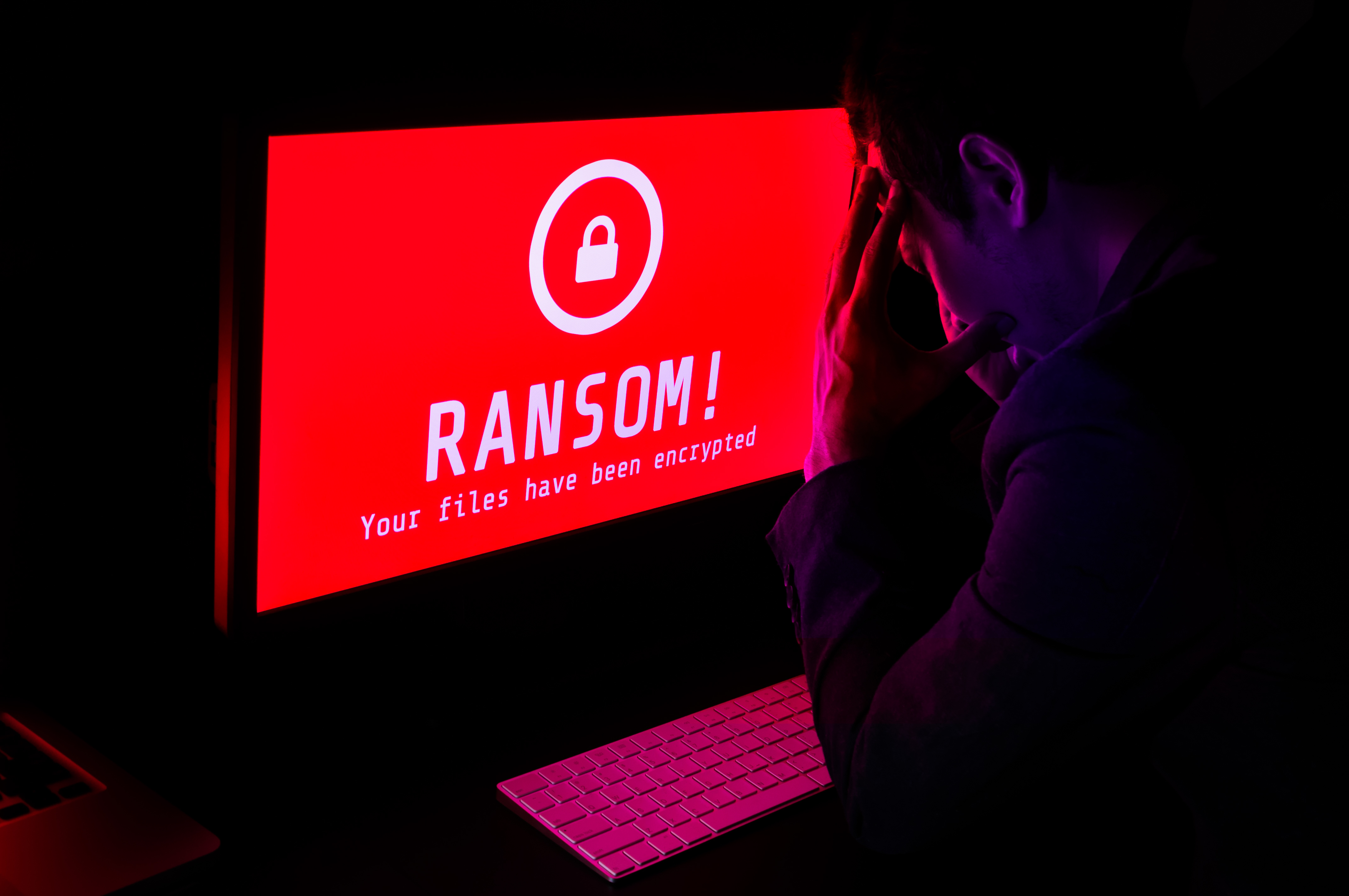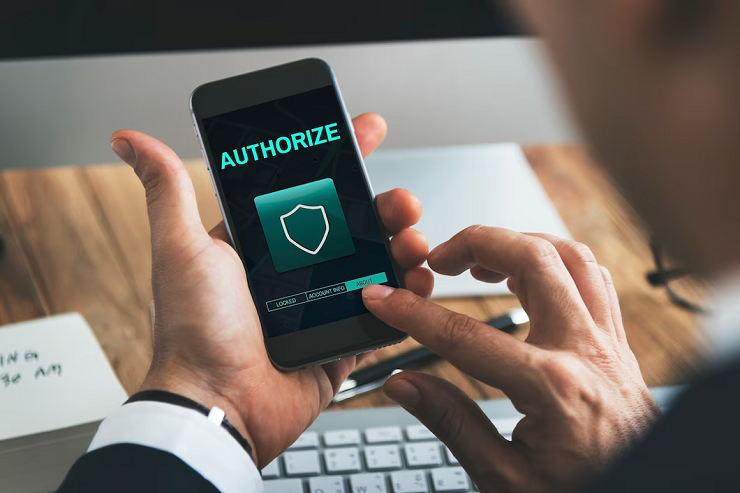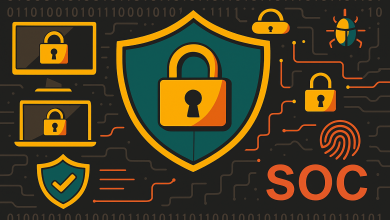
As the world undergoes a digital transformation, the threat and risk of cyberattacks have become more than ever. Even the biggest multinational companies are being victim to cybercriminals regardless of the industry they operate in. A 2022 report stated that more than 68% of cyberattacks were ransomware with more than 155 million attacks globally.
Cybercriminals are constantly increasing their attack range and coming up with new ways to attack organizations. By launching mass cyberattacks and targeting physical and IT supply chains, criminals are extorting money from small as well as large businesses. Further, we’ll learn how they are increasing their attack range and pain points for ransomware attacks.
What is a Ransomware Attack & How Does It Work?
Ransomware attacks generally start when a hacker gains access to the victim’s device by exploiting security vulnerabilities or by phishing and other social engineering attacks. After entering the system, hackers use malware to encrypt the victim’s data, either making it inaccessible or stealing it.
Hackers then demand ransom money to return the data or to provide a decryption key to access the data, usually in the form of cryptocurrency. Cybercriminals threaten victims about permanently deleting their files or leaking the data to pressure them to make the payment. Robust security solutions, two-factor authentication, and threat detection are vital against rising ransomware attacks.
Types of Ransomware Attacks
If you want to improve your cybersecurity strategies and be ready to tackle ransomware threats, you should be well-informed about it. The following are the two different types of ransomware attacks.
- Locker Ransomware – In this attack, the victim is locked out of his device and cannot access basic functions. After getting locked, a ransom payment demand pops up on the screen. This type of attack doesn’t target confidential data and is simpler to treat than the other type.
- Crypto Ransomware – In this type of attack, the device is not locked but all the files and data on the device or the network are locked. The victim may be able to view the files but he cannot access them. The attacker demands money to provide the decryption key to the victim. It is the most common type and is really damaging for the victims.
How Cybercriminals Increase Attack Range & Pain Points for Ransomware
As criminals come up with new and innovative ways to attack, cybersecurity help becomes vital for organizations as well as individuals. They use sophisticated processes and the latest technology to exploit vulnerabilities in the victims’ system.
Next, we’ll go through the strategies and techniques they are using to expand their attack range and pain points.
Exploiting Vulnerabilities in Remote Desktop Protocols (RDP)
Users use RDPs to connect remote devices to a network. If the RDP has a weak password and is unsecured, it becomes a big target for hackers. They exploit these vulnerabilities through brute force attacks and get unauthorized access to devices and systems.
Cybercriminals use automated tools to scan the internet for exposed RDPs and proceed to attack them. Organizations must update their RDP software and limit access to trusted IP addresses only.
Exploiting Weaknesses in Supply Chains
Most organizations are connected to each other through supply chains and cybercriminals know this. They attack partners with weak defenses and gain access to a large network of organizations. By targeting third-party vendors, hackers reach bigger, richer businesses.
To make sure this does not happen, organizations must conduct security checks on their suppliers and partners. Regular audits and implementing cybersecurity regulations and standards help tackle supply chain ransomware attacks.
Targeting Zero-Day Vulnerabilities
Zero-day vulnerabilities are software weaknesses that the vendor does not know about and there are no patches available for them. Hackers exploit these weaknesses to launch devastating, highly targeted ransomware attacks on organizations. These attacks spread very fast and organizations have minimal response time before the damage takes place.
Organizations need to be vigilant and keep security systems updated to defend against such ransomware attacks. Threat intelligence and intrusion detection tools also help a lot in minimizing zero-day attacks.
Social Engineering Techniques
It is one of the most used ways to infiltrate devices and deploy ransomware. Malicious attachments, fake websites, phishing emails, and more allow hackers to trick victims. Victims think that these emails are legitimate and unknowingly download malware. This leads to the encryption of their data and even the theft of confidential information.
As remote work has increased, employees and companies are at larger risk of phishing and ransomware attacks. Remote devices don’t have the security infrastructure of a large office environment. Two-factor authentication and employee awareness is vital to minimize ransomware attacks.
Use of RaaS Platforms
Cybercriminals use the dark web to buy hacking tools, services, and stolen data. Ransomware-as-a-Service (RaaS) platforms help amateur hackers launch dangerous ransomware attacks without much effort.
RaaS offers ransomware deployment, payment processing, technical support, etc. to help cybercriminals with their illegal activities. Cybersecurity professionals and law enforcement need to partner and fight RaaS platforms and illicit dark web marketplaces.
Conclusion
No organization or business wants their data encrypted or stolen by cybercriminals. However, hackers are advancing with each passing day and ransomware attacks are on the rise all over the world.
You must invest in anti-virus software, malware protection, threat detection tools, firewalls, etc. to increase your level of security against criminals. Also, never hesitate to ask for cybersecurity help if you want to stay safe against ransomware attacks.







